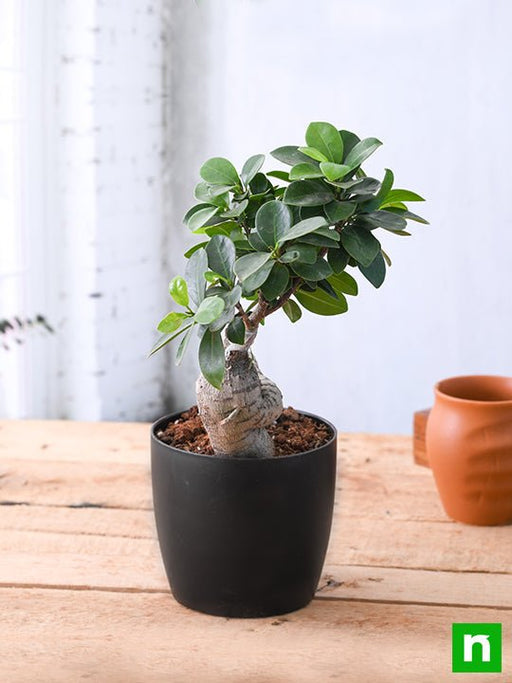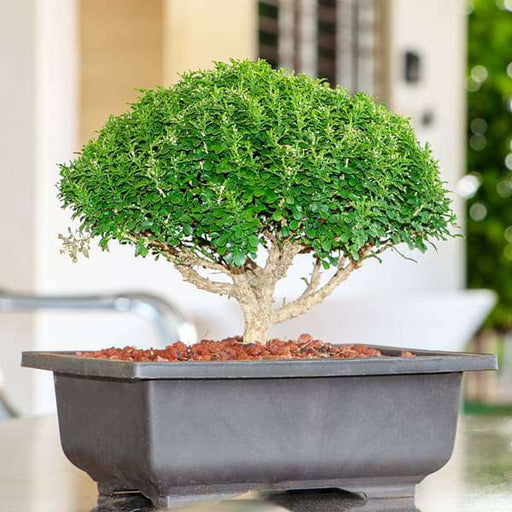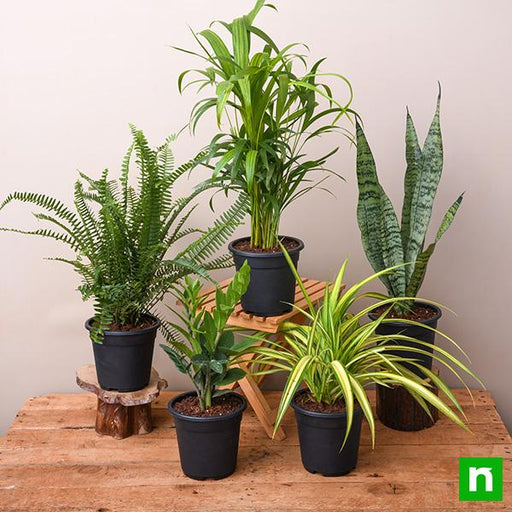Types of bonsai plants
There are many different types of bonsai plants, including evergreens, deciduous trees, and flowering trees. Consider choosing a variety that is well-suited to your climate and growing conditions.
Bonsai care
Bonsai plants require regular care and attention to ensure their health and appearance. This includes proper watering, fertilization, pruning, and repotting. Consider consulting with a professional bonsai expert for tips on bonsai care.
Bonsai pruning
Pruning is an important part of bonsai care and can help maintain the tree's shape and health. It's important to use proper pruning techniques and to prune at the right time of year.
Bonsai wiring
Wiring is another technique used to shape and train bonsai plants. It's important to use proper wiring techniques and to monitor the tree for signs of wire damage.
Bonsai soil
Choosing the right soil for your bonsai plant is important for its health and growth. Consider using a well-draining soil mixture that is specifically designed for bonsai trees.
Bonsai pots
Bonsai plants are typically grown in small pots that are designed to limit their growth and maintain their shape. Consider choosing a pot that is well-suited to your bonsai plant and its growing needs.
Bonsai styles
There are many different bonsai styles, including formal upright, informal upright, and slanting. Consider exploring different bonsai styles to find one that suits your preferences.
Bonsai tools
Proper bonsai care requires the use of specialized tools, including shears, wire cutters, and concave cutters. Consider investing in high-quality bonsai tools for best results.
Bonsai diseases
Bonsai plants are susceptible to a number of diseases, including fungal infections and insect infestations. It's important to monitor your bonsai plant for signs of disease and to take prompt action if necessary.
Bonsai pests
Bonsai plants can also be affected by pests, including spider mites and scale insects. Consider using natural pest control methods or consulting with a professional bonsai expert for help with pest management.
Bonsai display
Displaying your bonsai plant can be an important part of bonsai cultivation. Consider using a display stand or incorporating your bonsai into a larger landscape or indoor decor.
Bonsai workshops
Bonsai workshops and classes can be a great way to learn about bonsai care and cultivation. Consider attending a local bonsai workshop or class to improve your skills.
Bonsai history
Bonsai has a long and fascinating history that dates back thousands of years. Consider learning more about the history of bonsai and its cultural significance.
Bonsai art
Bonsai is considered an art form in many cultures, and creating a beautiful and well-cultivated bonsai tree can be a deeply rewarding experience. Consider exploring the artistic aspects of bonsai cultivation.
Bonsai inspiration
Finding inspiration for your bonsai plant can be a fun and creative process. Consider exploring different bonsai styles, researching different bonsai species, or taking a walk in nature for inspiration.
Bonsai accessories
There are many different accessories available for bonsai cultivation, including watering cans, humidity trays, and fertilizer applicators. Consider investing in high-quality bonsai accessories for best results.
Bonsai symbolism
Bonsai is often associated with symbols of peace, harmony, and tranquility. Consider incorporating bonsai plants to your home or workspace as a way to promote these positive qualities.
Bonsai gifts
Bonsai plants can make great gifts for friends and loved ones who appreciate gardening and nature. Consider gifting a bonsai plant to someone special for a unique and thoughtful present.
Bonsai for beginners
If you're new to bonsai cultivation, it's important to start with a beginner-friendly plant and to get guidance from a bonsai expert. Consider researching bonsai for beginners or consulting with a professional for advice.
Bonsai and Zen
Bonsai cultivation is often associated with Zen practices and principles, including mindfulness, simplicity, and focus. Consider incorporating bonsai cultivation into your personal Zen practice for a deeper sense of connection with nature and the world around you.

























































